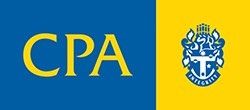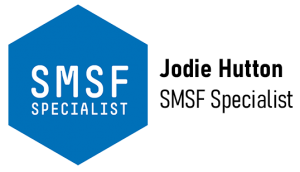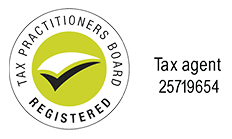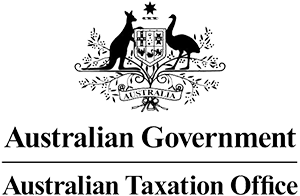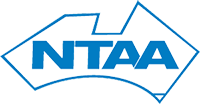Computerised Accounting Software Top Tips
Our Top Tips, based on many years’ experience with many, many clients.
- Reconcile all bank and credit card accounts on a regular basis, at least every month. Use the software to complete and record the reconciliation so your accountant can see it has been done. Print the reconciliation report and file it with your bank and card statements. Follow the software instructions carefully. For instance MYOB users should input the bank statement date as the closing date on the bank statement.
- Never EVER back-date a transaction, unless instructed by your DBA Accountants’ advisor. Back-dating transactions will cause previous reconciliations, BAS and tax returns to be incorrect and can be (very) costly for your accountant to check and correct. If your software has a “lock” function, you should lock each period as it is completed, so it will not allow you to go back into completed periods and make changes.
- Be very careful when allocating transactions to ledger accounts that you are allocating to the correct ledger account. In some software it is easy to allocate amounts to the ‘header’ account, which is actually the descriptive heading for a group of accounts. This will lead to an account being printed on your reports called ‘Uncategorised’.
- If your business is registered for GST, always enter a tax code for each transaction you enter. If there is no GST on a transaction then you must enter the appropriate ‘No Tax’ GST codes provided by your software.
- Use a ‘Suspense’ account. Never guess where a transaction should be coded to. If you are unsure where to allocate an amount, code it to Suspense. Then when there are a few items in Suspense or before you forward your data to us, telephone to find out where you should code these items. You are then able to edit your entries to move them from Suspense to where they should be.
- When setting up your data file, be sure the opening balances are correct. When using MYOB, do not use the function called ‘Opening Balances’, use a journal entry. If you use the ‘Opening Balances’ function, the numbers can be changed at any time and that could cause your later reports to be incorrect.
- Never journal anything to ‘Trade Creditors’ or ‘Trade Debtors’, unless instructed by your DBA advisor. MYOB and Reckon/Intuit have inbuilt debtor and creditor controls DBA Accountants 2015
- Other than payments of GST to the ATO, never post anything to the GST control accounts.
- All personal transactions should use the ‘No Tax’ GST codes and be coded to your director/shareholder loan or drawings account. If you are unsure, code these amounts to Suspense and contact us for clarification.
- Upgrading your software can be quite important. Often upgrades include revised tax rates, compulsory superannuation percentages, and calculations. These changes can affect the way your BAS and PAYG Withholding are calculated.
- Payroll setups are best left to professionals – call DBA Accountants or your bookkeeping professional.
- With every transaction, use the narration or memo function. Enter a brief description of the transaction. These notes help remind you and enable you to explain transaction, for instance to an ATO auditor. Also, they provide invaluable information to your accountant, saving time and costs in their work.
- A change of business entities requires a new data file. Each entity should be separately accounted for, with its own data file.
- Backups. Regular and frequent backups mean that a system crash and loss of data is reduced from a complete catastrophe to a mere serious inconvenience. Backups should be kept for at least five years to meet your obligation to keep records.
- Study the notes that come with your software and follow their tips and suggestions.
Remember: The cost of correcting bad data entry is very high, so when in doubt, check with DBA Accountants.

